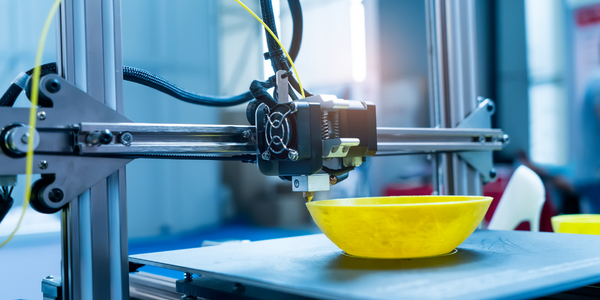Emulate 3D

Overview
|
HQ Location
United Kingdom
|
Year Founded
2004
|
Company Type
Private
|
Revenue
< $10m
|
|
Employees
11 - 50
|
Website
|
Twitter Handle
|
Company Description
Emulate3D develops cost-effective software products that facilitate the demonstration, understanding, and sale of Automated Material Handling Systems, and their efficient market deployment, support and maintenance.
Year founded: 2004
Year founded: 2004
IoT Solutions
Emulate3D develops virtual commissioning, throughput simulation, and industrial demonstration products to accelerate Internet of Things (IoT) development and adoption.
Emulate3D Controls Testing models connect natively to a wide range of PLCs, and can be connected to other manufacturers' products via a wide range of industrial standard protocols. The Emulate3D framework also facilitates robust connections to WMS, WCS, and ERP systems for High Level Emulation.
Emulate3D Controls Testing models connect natively to a wide range of PLCs, and can be connected to other manufacturers' products via a wide range of industrial standard protocols. The Emulate3D framework also facilitates robust connections to WMS, WCS, and ERP systems for High Level Emulation.
Key Customers
Carter Control Systems, Intralox, Kuka
Parent Company
IoT Snapshot
Emulate 3D is a provider of Industrial IoT analytics and modeling technologies.
Technology Stack
Emulate 3D’s Technology Stack maps Emulate 3D’s participation in the analytics and modeling IoT Technology stack.
-
Devices Layer
-
Edge Layer
-
Cloud Layer
-
Application Layer
-
Supporting Technologies
Technological Capability:
None
Minor
Moderate
Strong

Supplier missing?
Start adding your own!
Register with your work email and create a new supplier profile for your business.
Case Studies.

Case Study
Intralox Using Demo3D Case Study
Intralox strives to create significant economic value for our customers by optimizing their conveyance systems. Intralox wants to emulate real-world production environments for end users and OEMs working in multiple industries, including packaging, warehousing, parcel, beverage, brewery, food, tire, and consumer goods. They frequently had to perform physical tests to demonstrate to customers how ARB equipment would handle their products.



